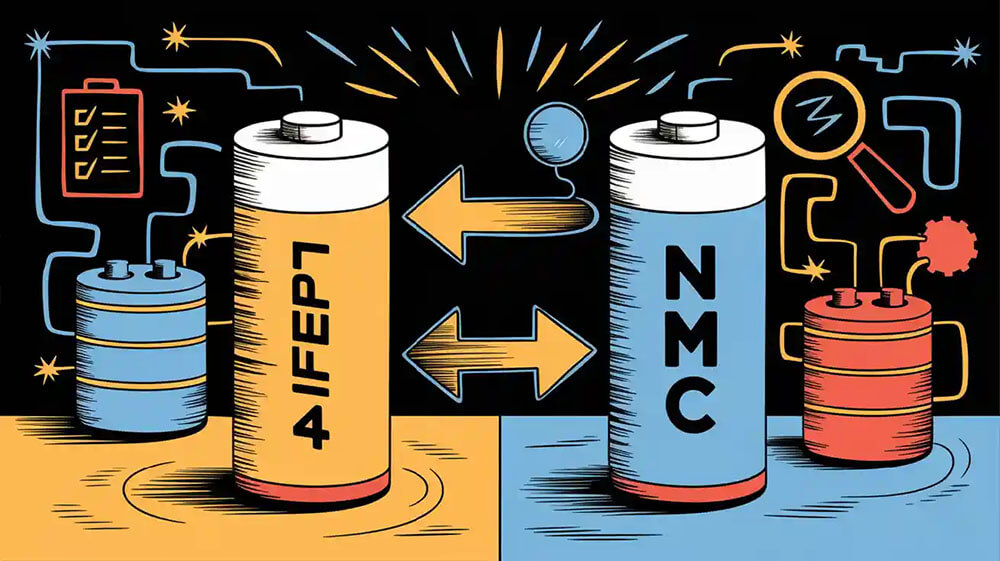Contents
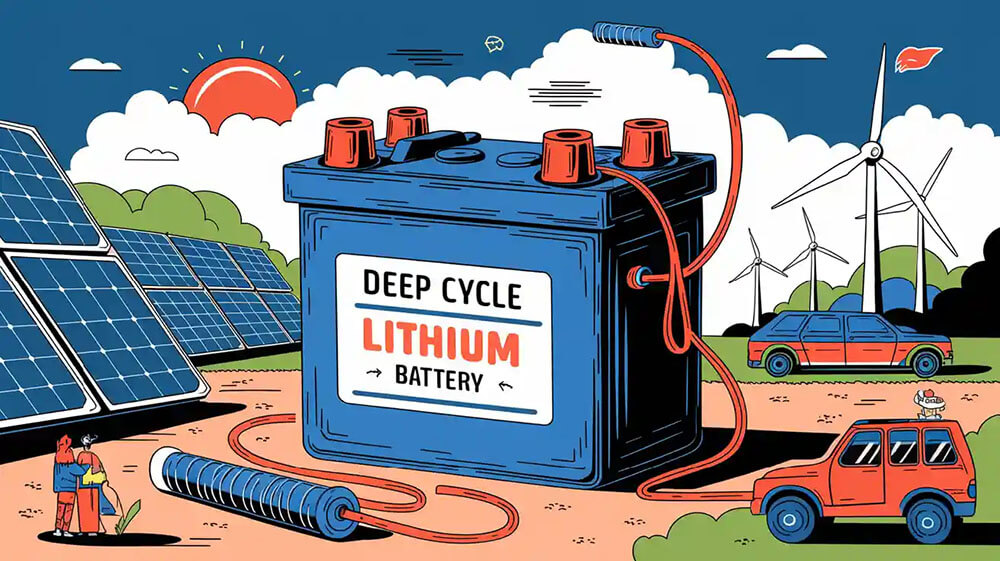
A deep cycle lithium battery, often referred to as what’s deep cycle lithium battery, is a high-performance energy storage solution designed to deliver sustained power over extended periods. Unlike traditional batteries, it supports deep discharges without compromising efficiency. Research involving over 3 billion data points from 228 NMC/C+SiO lithium-ion cells reveals that these batteries maintain consistent capacity and impedance, even after a year of varied operating conditions. Their ability to handle cyclic and calendar aging ensures reliable performance across diverse applications, from renewable energy systems to industrial equipment.
Key Takeaways
Deep cycle lithium batteries work with over 95% energy efficiency. This means less energy is wasted when charging or using them.
These batteries can last 10 to 15 years. They provide up to 5,000 charge cycles, which is much longer than regular lead-acid batteries.
They need very little care, making them a smart money-saving choice. You spend less on repairs and replacements.
Part 1: Key Features and Benefits of Deep Cycle Lithium Batteries
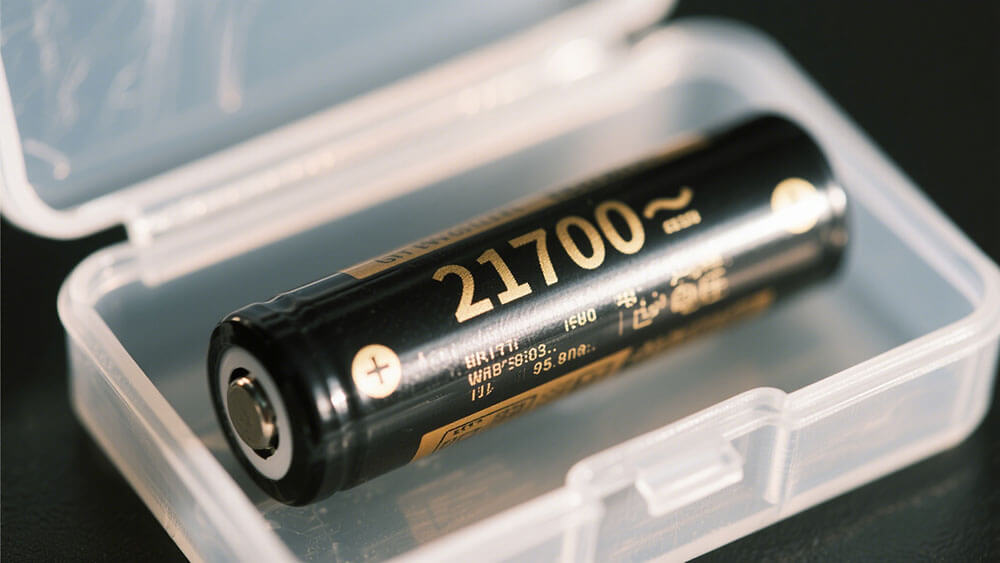
1.1 What’s a deep cycle lithium battery: High energy efficiency and performance
A deep cycle lithium battery stands out for its exceptional energy efficiency and consistent performance. Unlike traditional batteries, it delivers steady power over extended periods, making it ideal for applications requiring reliable energy storage. You can rely on these batteries to maintain high energy output even during deep discharges, a feature that sets them apart from alternatives like lead-acid batteries.
The difference between lithium-ion deep-cycle batteries and lead-acid batteries becomes evident when comparing their energy efficiency. Lithium-ion batteries, including lithium LiFePO4 batteries, boast an efficiency rate of over 95%, while lead-acid batteries typically achieve around 70-85%. This efficiency translates to reduced energy loss during charging and discharging, ensuring you get the most out of every charge cycle.
Moreover, deep cycle batteries excel in handling high current demands without compromising performance. Whether you’re powering industrial equipment or renewable energy systems, these batteries provide the reliability and efficiency you need to optimize operations.
💡 Tip: To explore custom battery solutions tailored to your specific energy needs, visit Large Power’s Custom Battery Solutions.
1.2 Extended lifespan and durability of deep cycle lithium batteries
Deep cycle lithium batteries offer an impressive lifespan, significantly outlasting traditional battery technologies. Their durability stems from advanced designs that minimize battery degradation, even under demanding conditions.
Key statistics supporting extended lifespan:
Dynamic discharge profiles can increase battery lifetime by up to 38% compared to constant current profiles.
Lithium-ion batteries deliver up to 5,000 charge cycles, far surpassing the 300 to 1,500 cycles of lead-acid and gel batteries.
Battery Type | Average Lifespan | Charge Cycles | Depth of Discharge |
|---|---|---|---|
Lead-Acid | 3 – 6 years | 300 – 1,000 | Up to 50% |
Gel Batteries | ~10 years | 500 – 1,500 | Up to 50% |
Lithium-Ion | 10 – 15 years | up to 5,000 | Up to 80% |
1.3 Environmental sustainability and low maintenance requirements
Deep cycle lithium batteries contribute to environmental sustainability through their energy efficiency and reduced greenhouse gas (GHG) emissions. Life cycle assessments reveal that lithium-ion batteries have the highest net energy ratio and the lowest GHG emissions compared to other battery technologies.
Study | Focus | Key Findings |
|---|---|---|
Sadhukhan and Christensen (2021) | Life cycle environmental analysis | Analyzed environmental impact hotspots but lacked sensitivity analysis. |
Tan (2017) | Comparative GHG emissions | Compared life cycle GHG emissions of various battery technologies. |
Han et al. (2023) | Cradle-to-grave analysis | Developed a model to validate carbon reduction benefits but did not consider recycling. |
Rahman et al. (2021) | Life cycle assessment model | Found lithium-ion batteries had the highest net energy ratio and lowest GHG emissions. |
In addition to their sustainability, these batteries require minimal maintenance. Unlike lead-acid batteries, which need regular water refills and corrosion checks, lithium-ion batteries are virtually maintenance-free.
By choosing deep cycle lithium batteries, you not only reduce operational costs but also contribute to a greener future. Their low maintenance requirements and long lifespan make them an economical and eco-friendly choice for businesses.
🌱 Sustainability Matters: Learn more about how lithium batteries support sustainable energy solutions at Large Power’s Sustainability Page.
Part 2: Comparing Deep Cycle Lithium Batteries to Other Battery Types
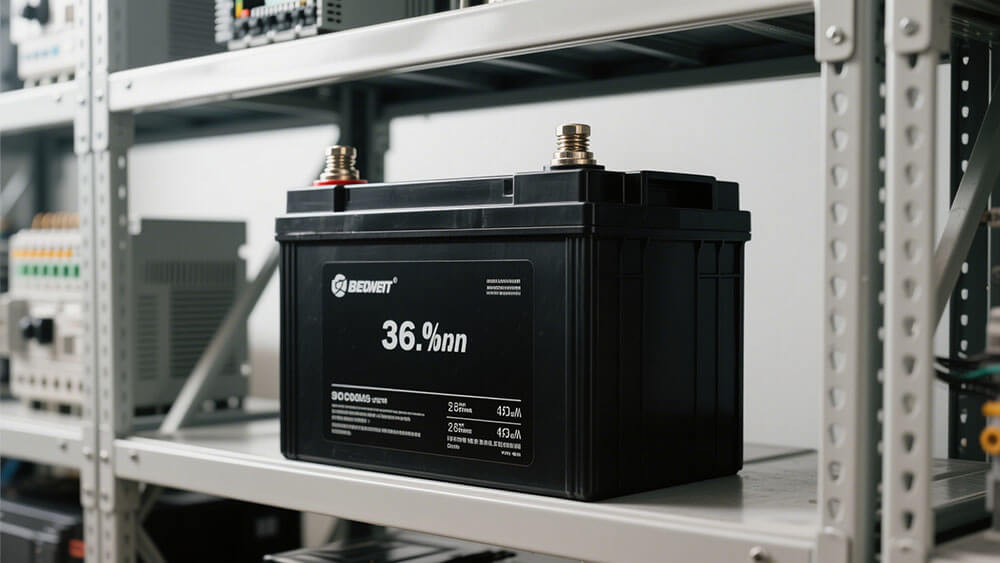
2.1 Lithium ion battery vs. lead-acid: Performance and weight differences
When comparing a lithium ion battery to a lead-acid battery, the performance and weight differences become immediately apparent. Deep cycle lithium batteries outperform lead-acid batteries in energy efficiency, with lithium-ion batteries achieving an impressive 90-95% efficiency compared to the 60-75% range of lead-acid batteries. This efficiency ensures that more energy is stored and utilized effectively, reducing energy loss during charging and discharging cycles.
Weight is another critical factor where deep cycle batteries excel. Lithium-ion batteries are significantly lighter, weighing approximately one-third of their lead-acid counterparts. For instance, a typical lead-acid battery with a capacity of 100 Ah weighs between 60 to 80 pounds, while a comparable lithium-ion battery weighs half as much. This weight advantage makes lithium-ion batteries ideal for applications requiring mobility, such as electric vehicles and drones.
By choosing deep cycle lithium batteries, you can achieve higher energy efficiency and reduce the weight burden, which is especially beneficial for industries relying on portable or lightweight energy storage solutions.
2.2 Maintenance and cost advantages of deep cycle lithium batteries
Deep cycle lithium batteries offer significant advantages in terms of maintenance and long-term costs. Unlike lead-acid batteries, which require regular water refills and corrosion checks, lithium-ion batteries are virtually maintenance-free. This low-maintenance nature reduces operational downtime and associated costs.
Battery Type | Cycle Life (Approx.) | Upfront Cost | Long-term Cost Implications |
|---|---|---|---|
Deep Cycle Battery | Hundreds to thousands | Lower | Higher due to maintenance and shorter lifespan |
Lithium-ion Battery | Several thousand+ | Higher | Lower over time due to longer lifespan and less maintenance |
The extended lifespan of lithium-ion batteries like LiFePO4 further enhances their cost-effectiveness. These batteries can last up to 10 years, with a cycle life ranging from 2,000 to 5,000 cycles. In contrast, lead-acid batteries typically last only 2-3 years and offer a cycle life of 300 to 500 cycles. This longevity reduces the frequency of replacements, saving you money in the long run.
By investing in deep cycle lithium batteries, you can minimize maintenance efforts and reduce long-term operational costs, making them a financially sound choice for businesses.
2.3 Safety and reliability in energy storage solutions
Safety and reliability are paramount when selecting energy storage solutions. Deep cycle lithium batteries meet stringent safety standards, ensuring their suitability for various applications. These batteries undergo rigorous testing to comply with certifications such as UL 9540A, which evaluates thermal runaway fire propagation, and NFPA 855, which sets standards for the installation of stationary energy storage systems.
Reliability is another key strength of deep cycle lithium batteries. These batteries maintain consistent performance even under demanding conditions. Cycling tests on commercial lithium-ion cells have demonstrated their ability to withstand up to 1,000 cycles while retaining 80% of their initial capacity. This durability ensures that your energy storage system remains dependable over time, reducing the risk of unexpected failures.
Test Name | Description |
|---|---|
Longevity Verification | Simulates real-world usage through thousands of charge and discharge cycles to reflect typical usage. |
Thermal Stability | Evaluates resilience to rapid temperature changes. |
High Current Performance | Assesses the battery’s ability to handle high current situations without compromising lifespan. |
By choosing deep cycle lithium batteries, you gain access to a safe and reliable energy storage solution that meets industry standards and delivers consistent performance.
Part 3: Best Practices for Maintenance and Storage
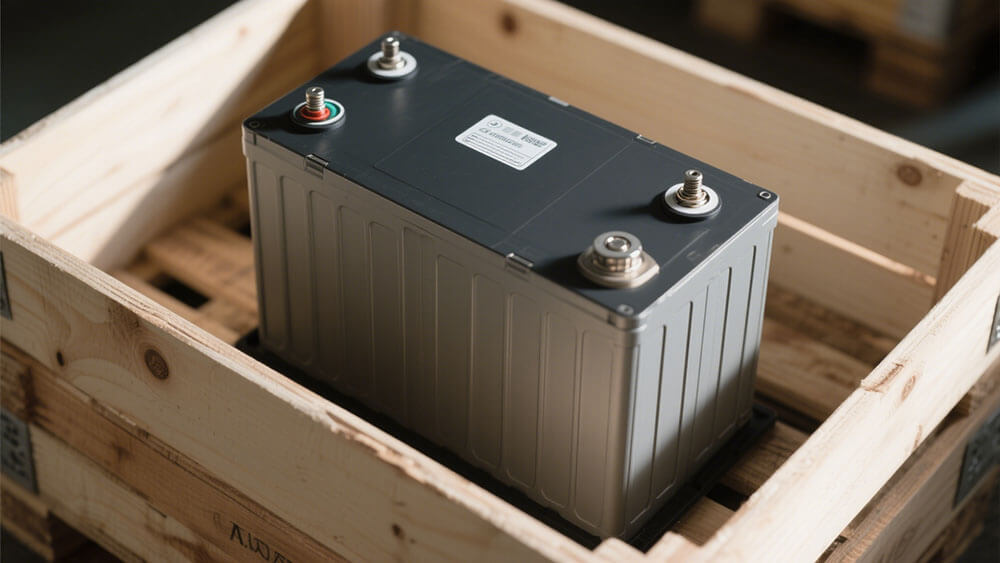
3.1 Proper charging and discharging techniques for deep cycle lithium batteries
To maximize the life expectancy of deep cycle lithium batteries, proper charging and discharging techniques are essential. Avoid overcharging or deep discharging, as these practices accelerate battery degradation. Lithium deep cycle batteries perform best when charged within their recommended voltage range. Using a smart charger designed for lithium-ion batteries ensures precise voltage control and prevents overcharging.
Discharging should also follow best practices. For optimal performance, avoid discharging below 20% of the battery’s capacity. This prevents excessive strain on the cells and extends the lifespan of the rechargeable battery. Additionally, maintaining a consistent charging routine helps stabilize the battery’s state of charge (SOC), reducing the risk of capacity imbalances.
⚡ Tip: Implement active balancing systems to redistribute charge among cells, ensuring uniform SOC levels and preventing premature aging.
3.2 Storage guidelines to maximize the lifespan of lithium ion batteries
Proper storage practices play a critical role in preserving the life expectancy of deep cycle lithium batteries. Store batteries in a cool, dry environment to minimize temperature effects on battery performance. Extreme temperatures can lead to accelerated battery degradation, reducing their reliability as energy storage solutions.
Follow these guidelines to optimize storage:
Storage Practice | Recommendation |
|---|---|
State of Charge (SOC) | Maintain SOC around 50% to prolong battery life. |
Charging Routine | Avoid charging overnight to prevent prolonged full charge. |
Electric Vehicle Charging | Do not fully charge after short trips to reduce aging. |
By adhering to these practices, you can ensure your lithium battery remains a reliable energy storage solution for years to come.
3.3 Monitoring and managing battery health effectively
Effective monitoring systems are vital for maintaining the health of deep cycle batteries. Advanced technologies like predictive data analysis and active balancing enhance battery longevity. Monitoring parameters such as voltage, current, and temperature provides real-time insights into battery performance.
Key metrics for battery health management include:
State of Health (SOH) of the battery
Voltage and current monitoring
Temperature analysis
Charging/discharging time analysis with focus on min/max values
Predictive data analysis for future battery behavior
Machine learning algorithms further optimize battery health management. These systems analyze operational data to predict the remaining useful life (RUL) of lithium LiFePO4 batteries, enabling proactive maintenance and reducing downtime. By implementing these strategies, you can ensure your deep cycle battery delivers reliable energy storage throughout its lifespan.
🔧 Custom Solutions: Explore tailored battery monitoring systems at Large Power’s Custom Battery Solutions.
Deep cycle lithium batteries offer unmatched efficiency, durability, and versatility, making them a superior choice for industries requiring reliable energy storage. Their optimized designs reduce operational costs by 10% and maintenance expenses by 16.7%, while recycling costs drop by 25%. These batteries also lower global warming potential by 20% and improve resource depletion by 23.5%.
🔧 Custom Solutions: Explore tailored energy storage solutions at Large Power’s Custom Battery Solutions.
FAQ
1. What makes deep cycle lithium batteries different from regular lithium-ion batteries?
Deep cycle lithium batteries deliver consistent energy over extended periods. Regular lithium-ion batteries focus on short bursts of high power.
2. How do you maximize the lifespan of a deep cycle lithium battery?
Avoid overcharging or deep discharging. Store batteries in cool environments and maintain a 50% state of charge during long-term storage.
3. Are deep cycle lithium batteries safe for home energy systems?
Yes, they meet stringent safety standards like UL 9540A and NFPA 855. Their reliability ensures secure operation in residential energy setups.
Tip: For professional guidance on deep cycle lithium batteries, visit Large Power.



